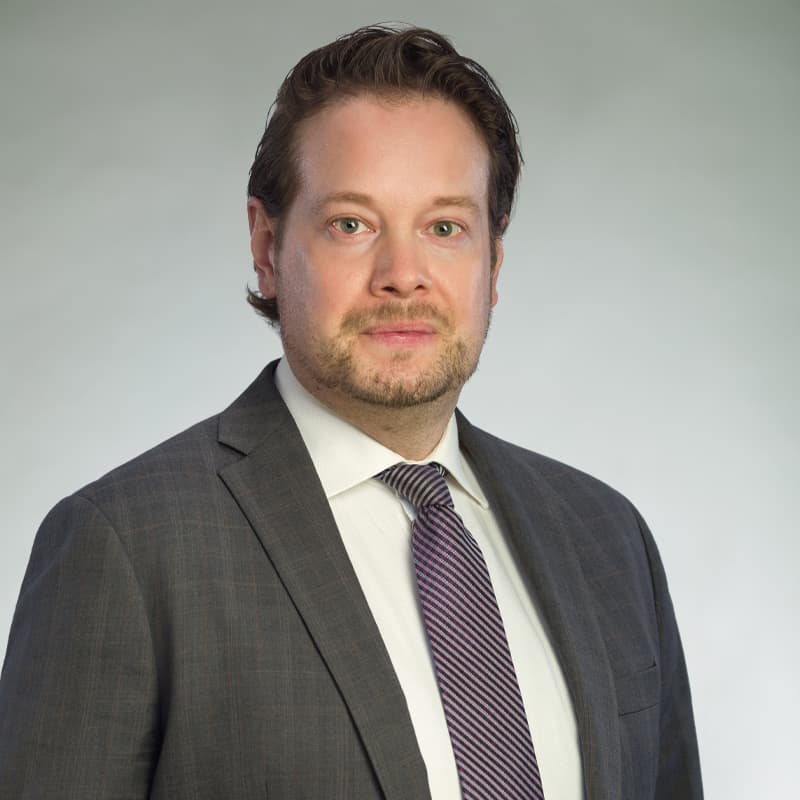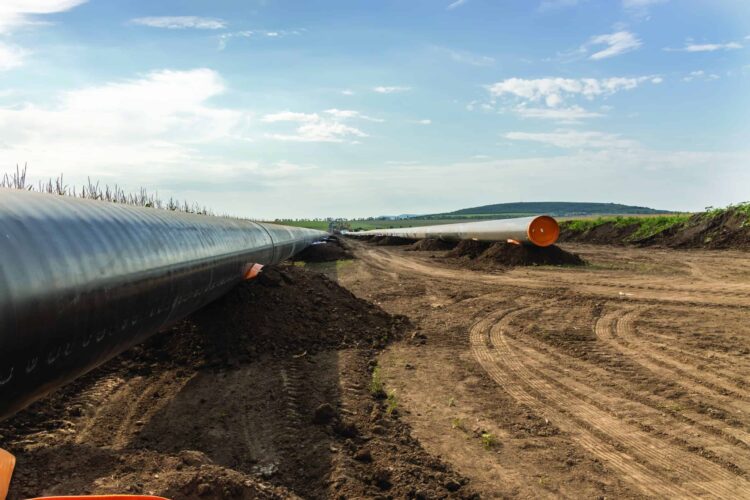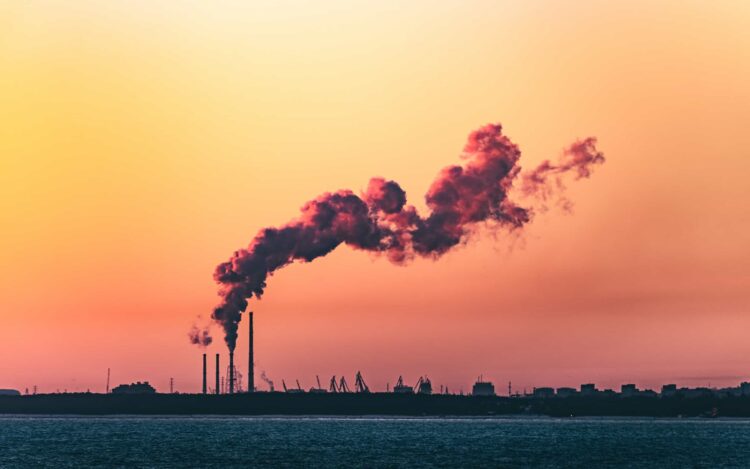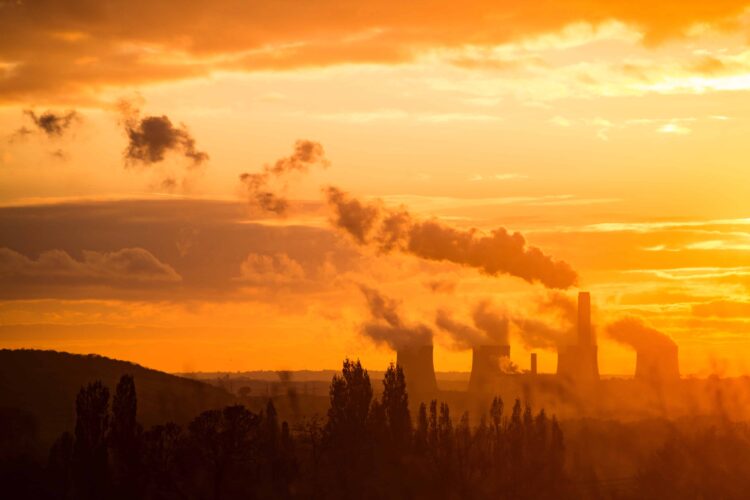Alberta’s carbon hubs: Interview with an energy lawyer

This article appears in our Energy Playbook: 2023 Year in Review. Download the free ebook.
There’s a great deal of activity around carbon capture and storage and the carbon hubs that are being created in Alberta. We interviewed a Calgary-based energy lawyer to better understand how these carbon hubs work.
Thomas Collopy is a corporate/commercial lawyer with extensive experience in energy and natural resources. He practises in the Calgary office of MLT Aikins. Tom has significant transactional experience in the energy sector, primarily advising upstream and midstream oil and gas and oilfield services companies. He also advises corporate, receiver-manager, trustee and secured lending clients. Tom has played a role in numerous energy transactions involving oil and gas, coal and other mined commodities, as well as solar, wind and biomass projects.
Q: What’s a carbon hub?
A: A carbon hub is a storage site located in a designated area of the province that has heavy CO₂ emissions which can potentially be stored deep underground. Carbon capture and storage, or CCS, is one of the means to achieving net-zero carbon emissions. Emitters would capture their CO₂ and then transport these emissions to a storage site, generally by pipeline. As a province, Alberta is encouraging CCS projects by creating several carbon hubs.
Q: Why all the excitement around carbon hubs?
A: A lot of people are welcoming carbon hubs as one of the tools to achieving net-zero carbon emissions. Large industries are looking for ways to capture CO₂ emissions from their operations. CO₂ is also a byproduct of producing electricity in a natural gas turbine and, after 2035, industry will need to capture and store all that CO₂ to comply with federal regulations. In addition, CCS enables the manufacture of blue hydrogen fuel, and, since CO₂ is produced as a byproduct in that process, the CO2 will need to be captured and stored.
Q: Who are the players in a carbon hub?
A: The three main players in a carbon hub are companies who are disposing of their CO₂, a pipeline operator who is transporting the CO₂ and the operator of the site where the CO₂ is permanently stored. In the early stages, we may see hubs where there are just one or two major emitters participating with a single storage site operator, and the players are tightly bound by contract. However, with pipelines and storage hubs being “open access,” the intent is that over time other emitters will be able to take advantage of the system to transport and store their carbon emissions as well.
Q: Who will supply CO2 for a carbon hub?
A: CO₂ for a carbon hub will be supplied from various sources, including the oil and gas industry, cement manufacturers, fertilizer producers and steel manufacturers.
Q: Can you use existing oil and gas pipelines to transport CO2?
A: Engineers tell us this is possible in theory. However, you need to take special measures such as applying coatings, and that’s both costly and has operational implications. For this reason, the current thinking is that new pipelines will likely be built specifically to transport CO₂ to storage sites.
Q: At the other end of the pipeline, can anyone create a storage site for CO2?
A: For the purposes of CCS projects, and except for lands belonging to the federal government, the provincial government owns the pore space rights in Alberta pursuant to legislation. These rights are allocated through a competitive process for carbon hubs. As a result, not everyone can create a storage site.
To date, 25 proposals have been accepted by the government to establish carbon hubs in Alberta. There is also a prescribed process to obtain authorization from the Alberta Energy Regulator, or the AER, to operate a storage site.
Q: The CCS-related legislation and directives seem to focus on the closure of a carbon storage site. Why is that?
A: Eventually, every carbon storage site will fill up or will be otherwise closed. Both authorities and the public want comfort that the CO₂ will be safely and securely stored for the long term. There must also be secure CO₂ storage from a carbon reduction perspective, otherwise, it would defeat the purpose of preventing greenhouse gas (GHG) emissions.
The legal process for ensuring the secure storage of carbon doesn’t start the day the operator decides to close the carbon storage site. When applying to the AER for approvals to develop a carbon storage site, the applicant must provide plans for its eventual closure. Monitoring, verification and developing a risk management plan will all be necessary. When the time comes to close the storage site, the operator must apply for a closure certificate, and satisfy the AER that the post-closure upkeep and monitoring will be done properly.
Q: Are all the carbon hubs in the province connected?
A: Initially, the carbon hubs will not be connected. Over time, CO₂ pipelines could be interconnected and we could see integrated carbon hubs. This would provide emitters with greater flexibility, allowing them to choose between more than one storage site. Currently, a single unified storage network is an aspirational target.
Q: Does CO2 have to be stored at one of the designated carbon hubs? Can it be injected elsewhere in the province?
A: Right now, the provincial government and the AER are encouraging carbon hubs as an orderly way to control the development of carbon storage and avoid a complete free-for-all. That said, the legislation is not restrictive. For example, the Quest carbon storage project began operations in 2015, prior to the recent calls for carbon hub proposals. As part of the overall initiative to reduce GHG emissions, transportation costs for emitters in remote areas may dictate small carbon storage sites close to these CO₂ sources being approved in the future. Regardless, in every case, the provincial government must grant the necessary pore space rights, and the AER must grant the necessary approvals, before commencing carbon storage.
Q: What do you see happening in the CCS space in the future?
A: There is tremendous opportunity for CCS in Alberta, given the province’s geological formations and the location of emitters. Implementing carbon capture technologies to pull CO₂ directly out of the atmosphere is another area that has future potential to advance CCS projects.
Note: This article is of a general nature only and is not exhaustive of all possible legal rights or remedies. In addition, laws may change over time and should be interpreted only in the context of particular circumstances such that these materials are not intended to be relied upon or taken as legal advice or opinion. Readers should consult a legal professional for specific advice in any particular situation.




